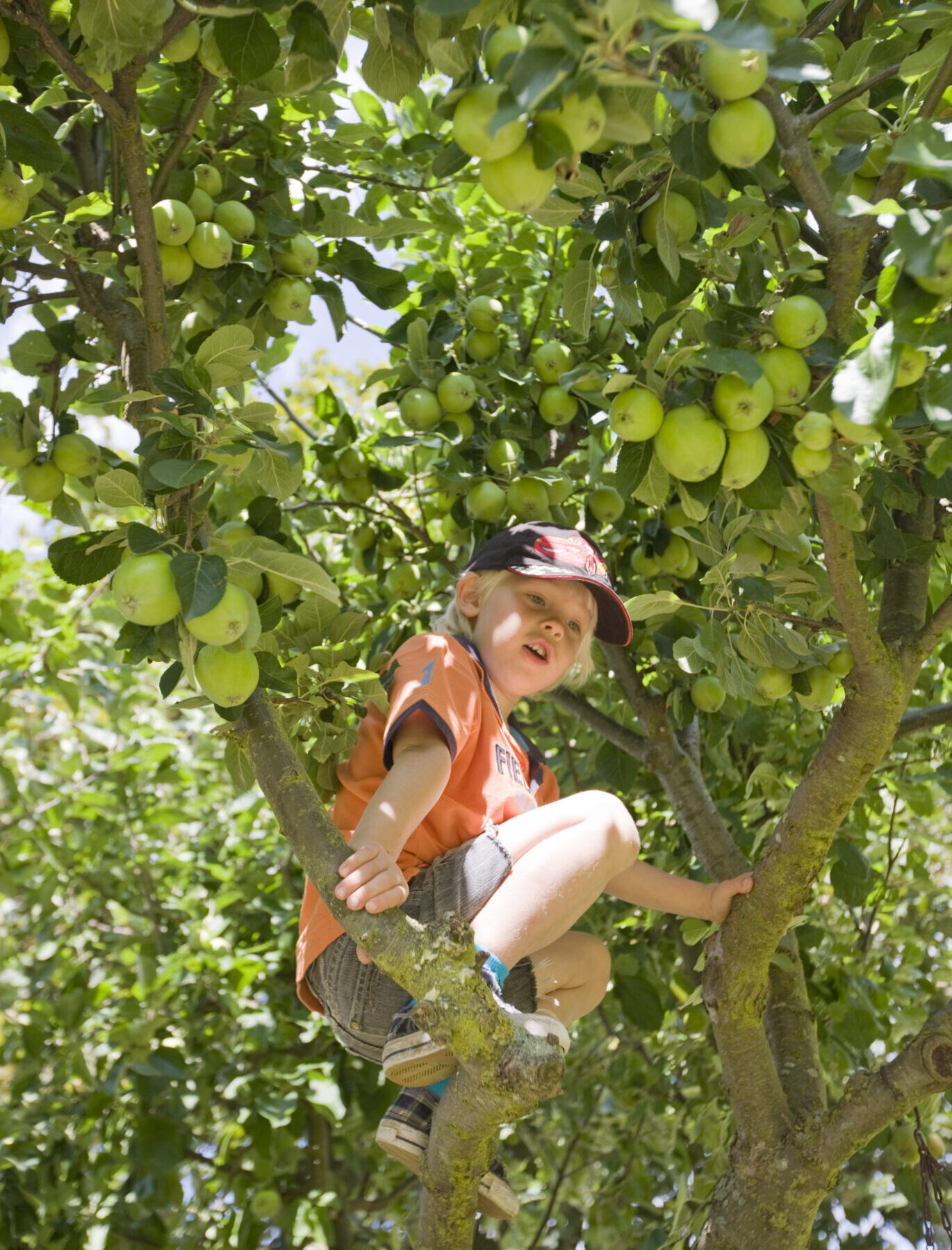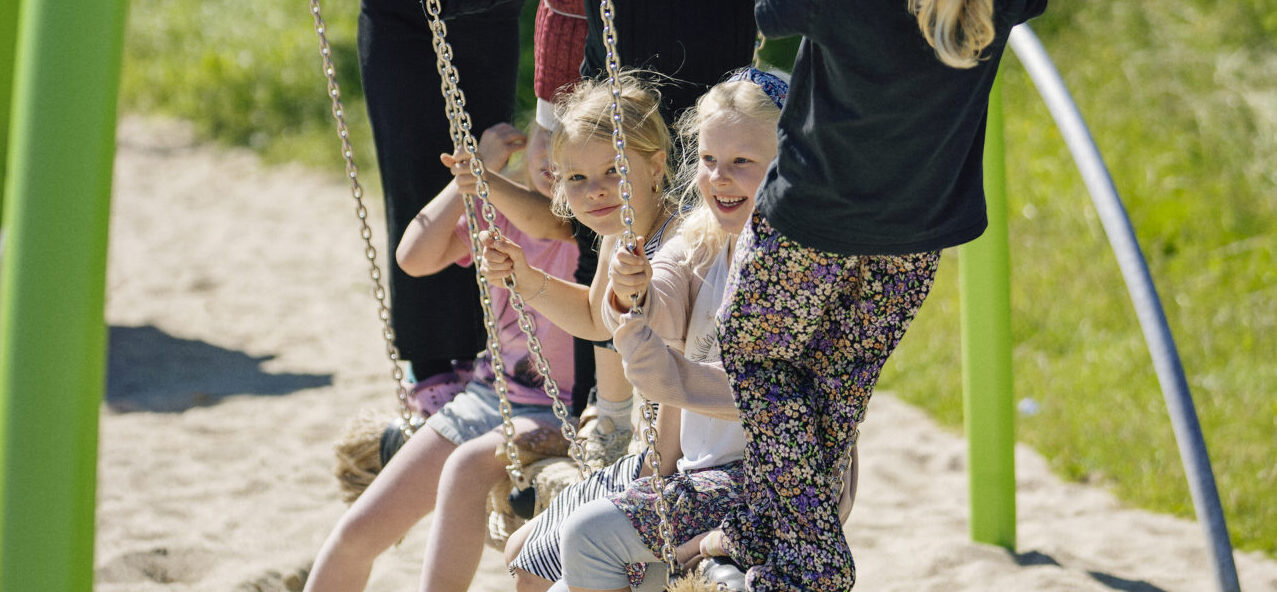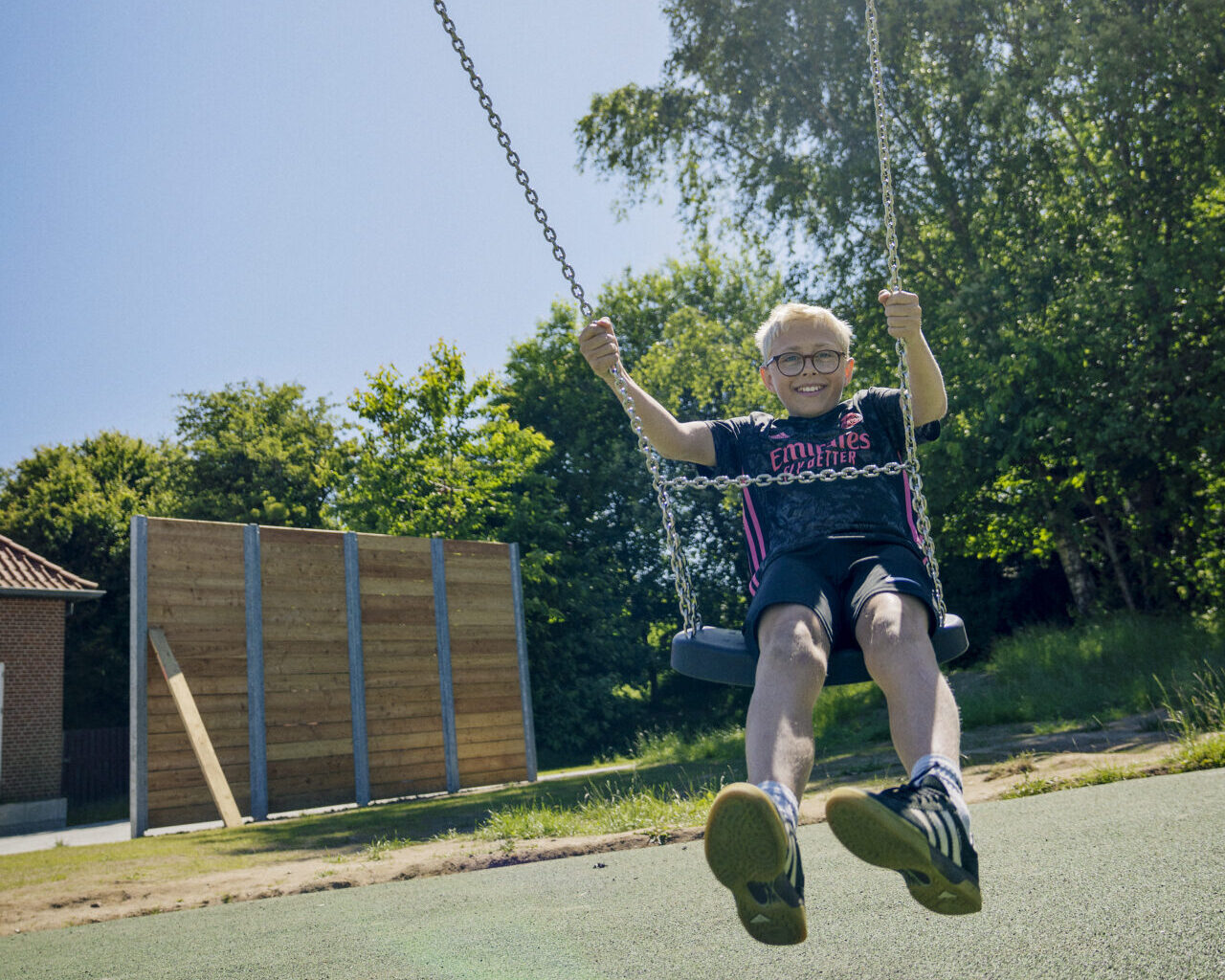
Gender typologies in the school playground
Introduction and aim
Boys are more physically active than girls in the school playground. To build school playgrounds that can improve both boys’ and girls’ physical activity it is crucial to understand the cultural practices that shape and are shaped by gender activities in the school playground.
This brief provides insights from a study conducted in 17 Danish school playgrounds where 111 10-11-year-old children were interviewed. The study was led by Charlotte Skau Pawlowski from the World Playground Research Institute.
This brief is particularly relevant for policy and decision makers involved in creating and maintaining playground environments in schools. It may also be of interest to researchers and professionals designing school playgrounds.
The Talking Girls
Some girls formed exclusive groups known as the ‘talking girls,’ emphasizing verbal communication during recess. Some walked around the schoolyard or hung out in secluded schoolyard areas while talking, some preferred indoor spaces like classrooms or school cafés for sedentary activities such as chatting, painting, or using social media.
The Soccer Girls
Many girls identified as ‘soccer girls’ joined boys’ soccer games. Few were respected when actively playing and knowing the rules, while less skilled girls were often ignored, alternating between the game and other activities like chatting, using phones, or doing gymnastics.
The Dancing Girls
Dancing girls led physically active games dominated by girls, such as dancing, gymnastics, and rope skipping. Boys occasionally joined in, but the girls took the lead in these activities.
The Soccer Boys
The soccer boys dominated the schoolyard. For some boys, soccer was the main reason for attending school, and they were deeply dedicated and looking the part. Competitive dynamics and skill hierarchies prevailed among them.
The ‘Chasing Game’ Boys
Many boys participated in different kinds of chasing games, finding them less conflict-ridden and more inclusive than soccer. While girls occasionally joined, boys led and set the rules. Often schoolyard features and the space between features were used for these games.
The Nerds
A smaller group of boys, known as the ‘nerds,’ showed little interest in sports and avoided soccer fields. They were often engrossed in a fantasy world and engaged in imaginative play in secluded nature areas. Most preferred solitary or small-group activities like gaming on computers, tablets, or mobile phones.
Results
Six gender typologies with varying behaviors, needs, and power relations exist in the school playground:
Our findings of six gendered play typologies with varying behaviors, needs, and power relations imply that different intervention strategies in the school playground might be needed to increase the physical activity level in different subgroups of children.
Furthermore, to increase physical activity in the school playground it is necessary to be aware of the interrelation between these six groups.
All our briefs are accessible through our website, www.playgroundresearch.org.
On the website, you’ll find a compilation of briefs that offer a clear comprehension of research findings and their implications for future research and practical application.
You can also download a printable PDF version of this brief to facilitate sharing.
Downloads
Please click on the download link below to obtain a copy of each file
Main Editors

Similar Briefs
Projects
Explore our institute’s active engagement in developing playgrounds’ future through innovative research and current projects.
Briefs
We are dedicated to sharing valuable insights from research studies and reviews through concise and accessible publications.
Articles
Explore our article database for a comprehensive array of global research and insights, offering diverse perspectives and knowledge.
News
Stay up-to-date and engaged through the latest news, project updates, events, and activities specific to playground research.


